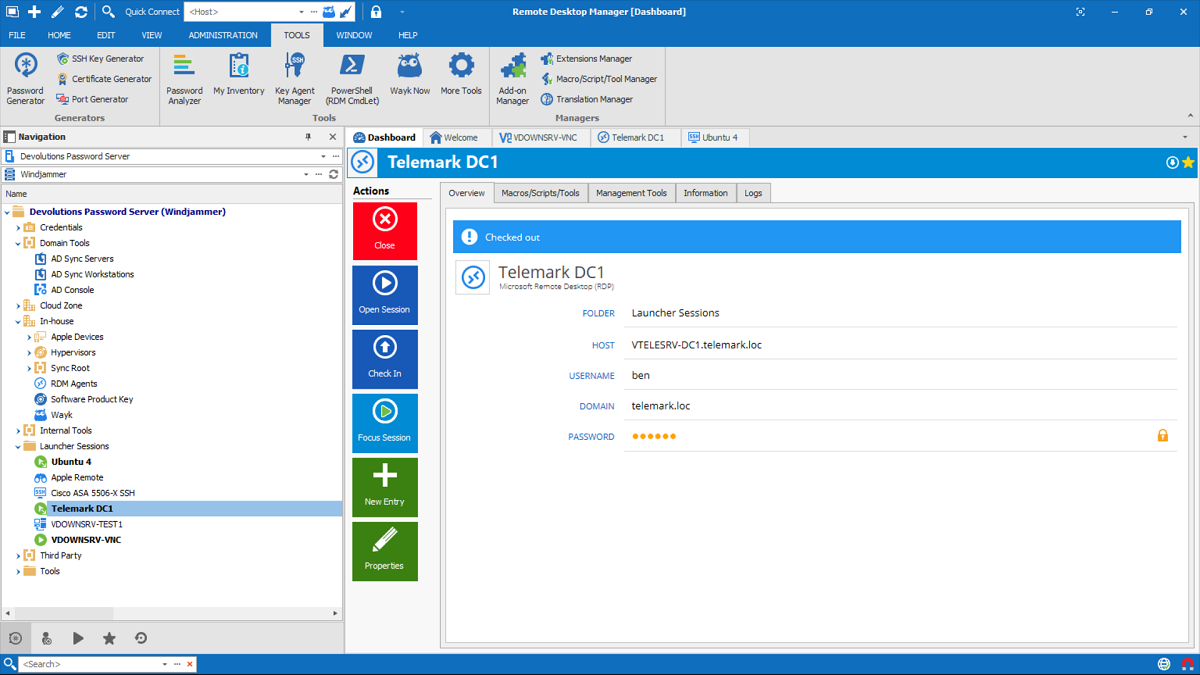

Revision History: Installation and ConfigurationĮxpand section "4. Additional Manual Steps Per Release"Ĭollapse section "3.4. Updating the Default Image Streams and TemplatesĮxpand section "3.4. Using the Automated Upgrade PlaybookĬollapse section "3.3. Creating Database Service TemplatesĬollapse section "3. Creating Image Streams for xPaaS Middleware ImagesĢ.7.5. Creating Image Streams for OpenShift ImagesĢ.7.4. Deploying the F5 Router"Ĭollapse section "2.6.5. Deploying a Customized HAProxy Router"Įxpand section "2.6.5. Deploying a Customized HAProxy Router"Ĭollapse section "2.6.4. Deploying a Customized HAProxy RouterĮxpand section "2.6.4. Customizing the Default Routing SubdomainĢ.6.3.5. Deploying the Default HAProxy Router"Ģ.6.3.2. Deploying the Default HAProxy Router"Ĭollapse section "2.6.3. Deploying the Default HAProxy RouterĮxpand section "2.6.3. Creating the Router Service AccountĢ.6.3. Storage for the Registry"Ĭollapse section "2.6. Storage for the Registry"Ĭollapse section "2.5.2.1. Deploying the Registry"Įxpand section "2.5.2.1. Deploying the Registry"Ĭollapse section "2.5.2. Deploying a Docker Registry"Įxpand section "2.5.2. Deploying a Docker Registry"Ĭollapse section "2.5. Adding Nodes to an Existing ClusterĮxpand section "2.5. Multiple Masters, Multiple etcd, and Multiple NodesĢ.4.7. Single Master, Multiple etcd, and Multiple NodesĢ.4.3.3.

Configuring Ansible"Ĭollapse section "2.4.3. Advanced Installation"Įxpand section "2.4.3. Advanced Installation"Ĭollapse section "2.4. Adding Nodes or Reinstalling the ClusterĮxpand section "2.4. Defining an Installation Configuration FileĢ.3.5. Running an Interactive InstallationĢ.3.4. Environment Requirements"Ĭollapse section "2.2.4. Environment Requirements"Ĭollapse section "2.2.3. Please click on the arrows in the table header to filter for your requirements.Expand section "2.2.3. KVM Switch models include peripheral access for USB or PS/2 keyboard and mouse, as well as a mix of USB 3/2/1 devices, audio and serial data for control through a touchscreen or other RS-232 devices. Or select a Multiviewer that displays up to four sources on a single screen. Do you work with a multi monitor setup? There are KVM Switch options support two, three, or even four monitors. KVM Switch Selector Compare models and choose the right option for you.ĭesktop KVM switches are compact devices that allow a user to access two, four, eight, or 16 computers from a single user console eliminating the need for extra peripherals, while providing faster access to critical applications.Ĭhoose a KVM switch that suits your application with DisplayPort, HDMI, DVI, or VGA video.


 0 kommentar(er)
0 kommentar(er)
